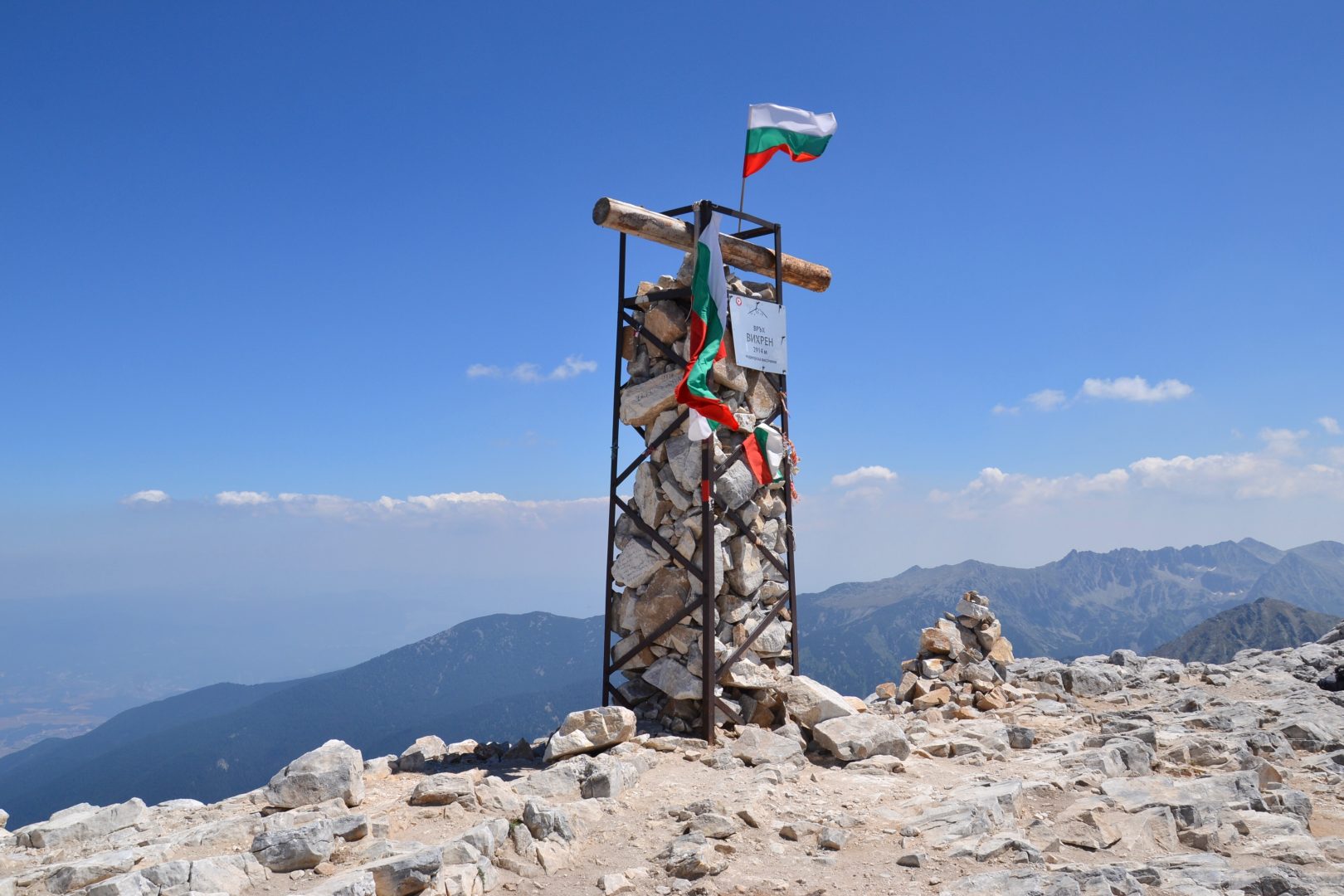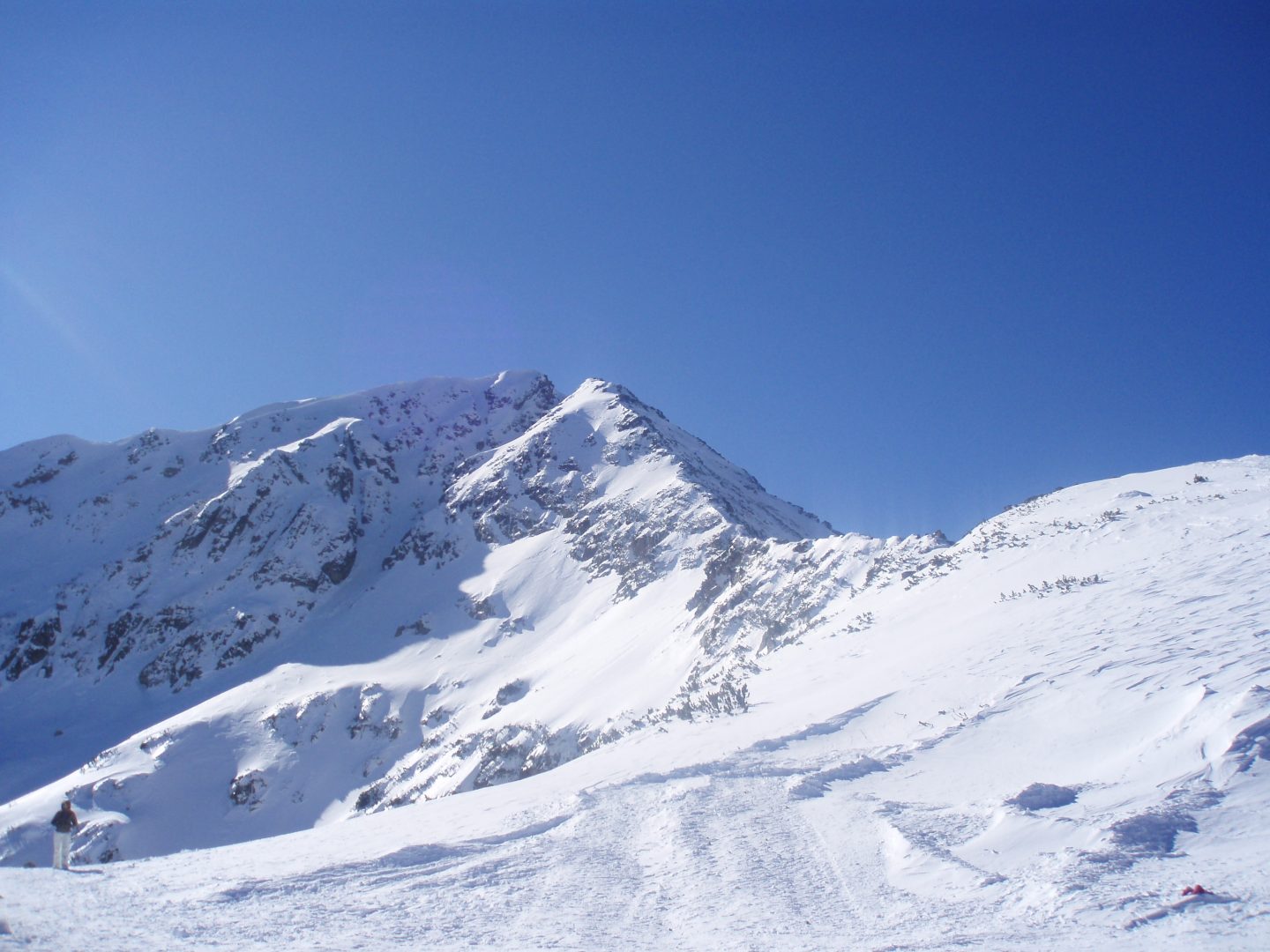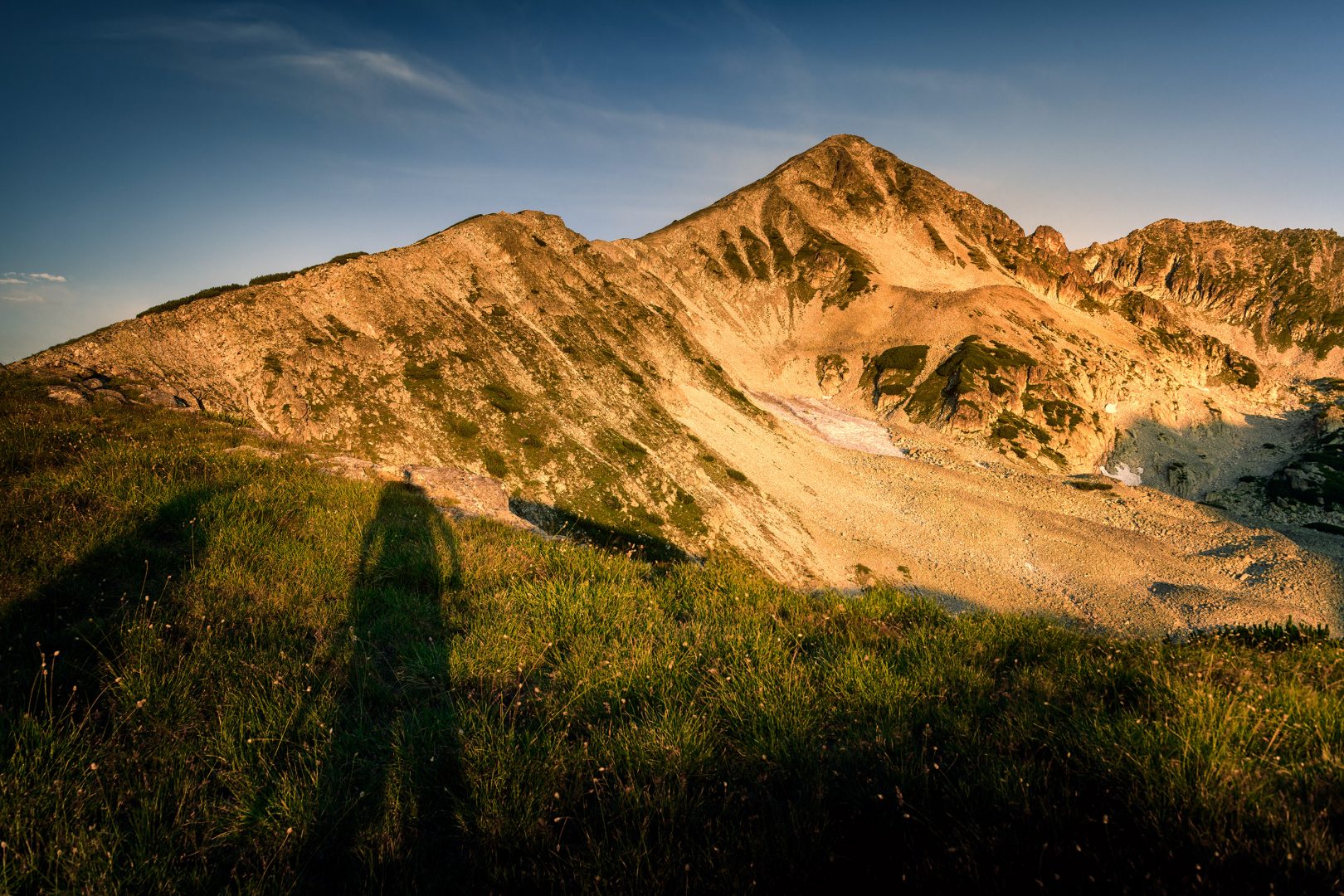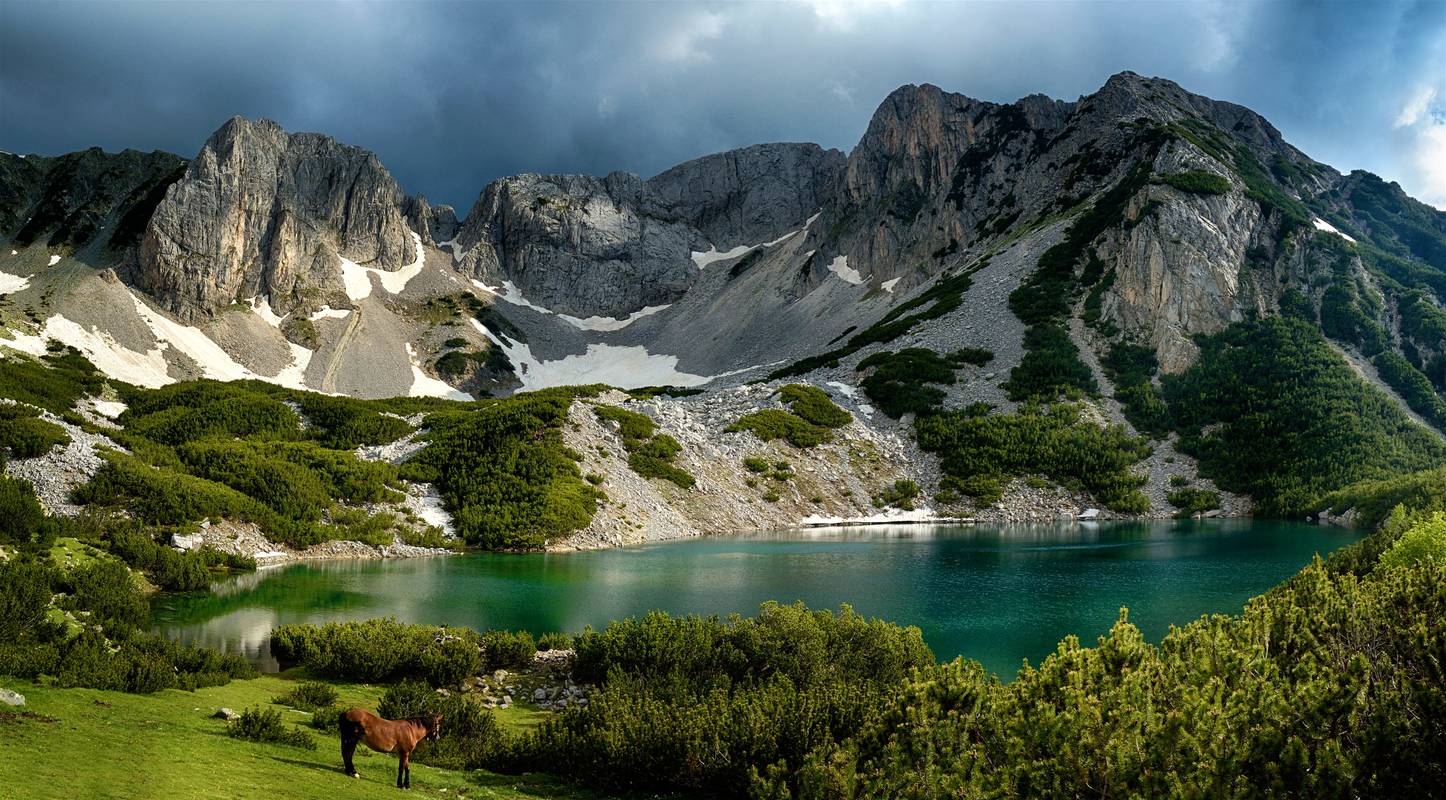Bansko is a city at the foot of the Pirin Mountains, which belongs to the Pirin National Park, in Bulgaria. It is a gateway to many ski slopes.
Bansko is a city at the foot of the Pirin Mountains, which belongs to the Pirin National Park, in southwestern Bulgaria. It is a gateway to many ski and snowboard slopes on Todorka Peak, including the difficult Tomba route. The trails cross the ornate alpine landscape of the park, home to bears and wolves. The park is also known for its high altitude Vihren Peak, with wooded ridges and spectacular glacial lakes.
1. Vihren

Vihren is the highest peak of Bulgaria’s Pirin Mountains. Reaching 2,914 meters, it is Bulgaria’s second and the Balkans’ third highest, after Musala and Mount Olympus. Although due to the karst topography Vihren is deprived of lakes and streams, a number of Pirin’s lakes are located around the peak, as is Europe’s southernmost glacial mass, the Snezhnika glacielet. Until 1942 Vihren was known as Eltepe; it was also called Buren and Malnienosets. The UNESCO World Heritage Site Pirin National Park was originally known as the Vihren National Park. Vihren is included in the 100 Tourist Sites of Bulgaria under No. 2.
2. Todorka

Todorka is a massive peak in the Pirin Mountains of south-western Bulgaria. It is the only peak of the Todorka side ridge and has a summit elevation of 2746 m above sea level. Todorka is the 11th highest peak in the Pirin and is made of granite, and although not rocky, it is steep. It is a relatively short crest with three peaks – Golyama, Sredna and Malka Todorka. Golyama Todorka is located to the north and viewed from the town of Bansko looks like a dramatic pyramid. There are several ski tracks from its slopes, and has been developed extensively since 2000 and is now a major ski area, with a lift-served summit of 2600 m. Bansko hosted World Cup races for the women in 2009 and for the men in 2011.
3. Kutelo

Kutelo is a summit in the Pirin mountain range, southwestern Bulgaria. With a height of 2,908 meters, it is the second-highest peak in the Pirin after Vihren and the third one in Bulgaria, behind Musala in Rila and Vihren. Kutelo is a double peak with a small saddle between the two parts, the lower being only one meter below the higher one, at 2,907 m. Seen from the town of Bansko it appears higher than Vihren. Like Vihren, which towers to the south, Kutelo is built up of marble but its slopes though sheer are not so rocky and it is not very difficult to climb. On the north-eastern slopes, there are alpine climbing tracks of category II “b”.
4. Polezhan

Polezhan is the highest granite peak in the Pirin Mountains and the fourth highest after Vihren, Kutelo and Banski Suhodol. The closest mountain hut is Hizha Bezbog named after Bezbog which lies near Polezhan. Depending on weather conditions the mountain hut is about 2-3h from Polezhan. Two of the highest lakes in the Pirin are situated next to Polezhan, namely the Upper Polezhan Lake, the second-highest lake in Bulgaria, as well as the Upper Gazei Lake.
5. Razlog Valley

The Razlog Valley is a valley in southwestern Bulgaria located between the high Rila, Pirin and Rhodope Mountains. The nature of the valley was influenced by both the Alpine character of Rila and Pirin and the Mediterranean climate of the Aegean Sea from the south. The valley is located at 865 m above sea level. Villages in the area include Banya, Bachevo, Bansko, Dobarsko, Godlevo, Gorno Draglishte, Dolno Draglishte, Eleshnitsa, as well as the town of Razlog named after the region in 1923 and previously known as Mehomiya. The Razlog Valley is abundant in water resources, including many tributaries of the Mesta River, as well as hot springs in the villages of Banya, Bachevo and Eleshnitsa and the Razhdavets and Katarino areas, with the temperature of some of the springs reaching 60°C and the discharge 70-80 liters per second.
